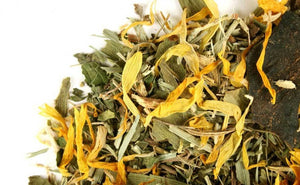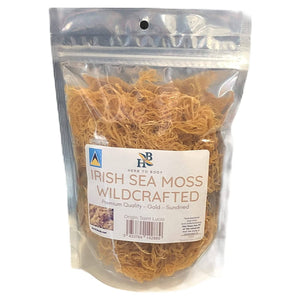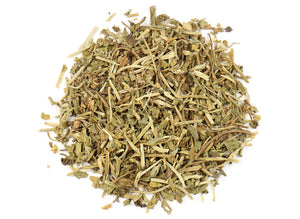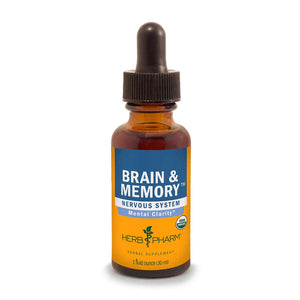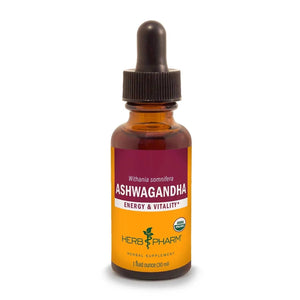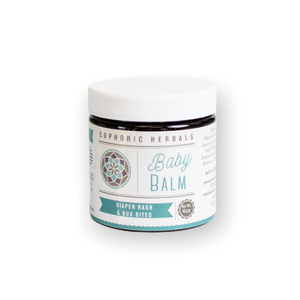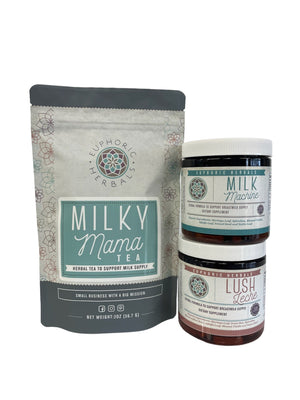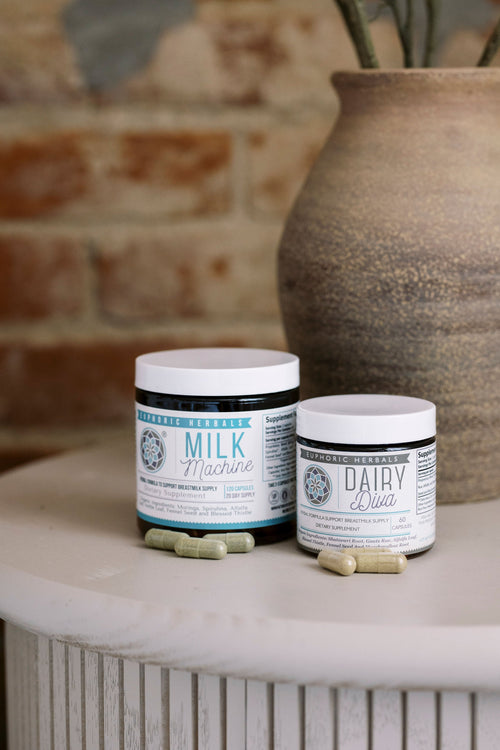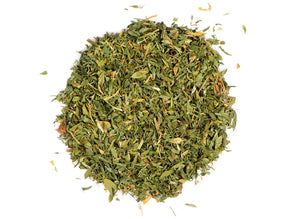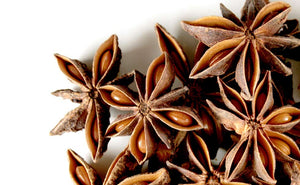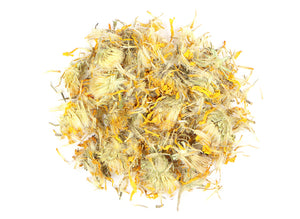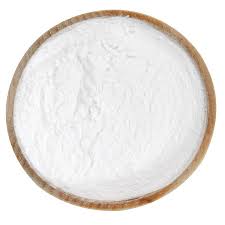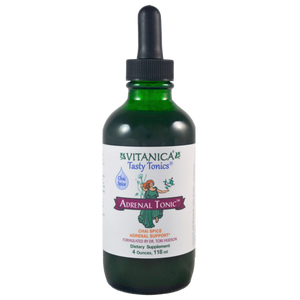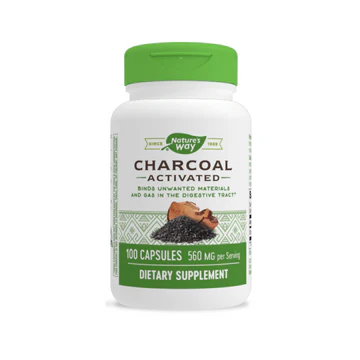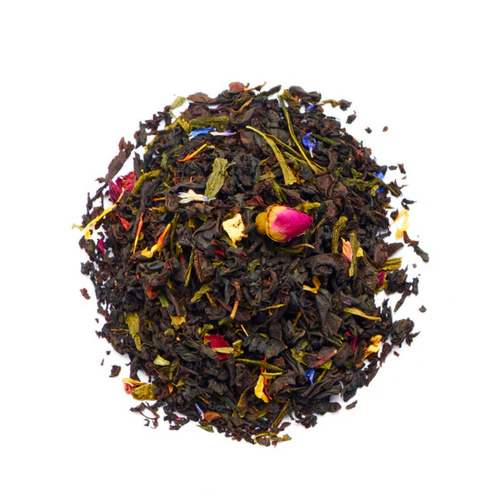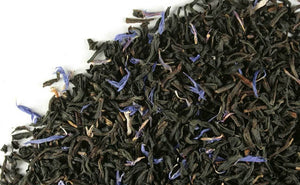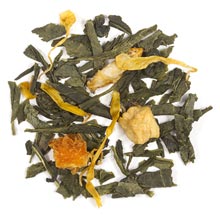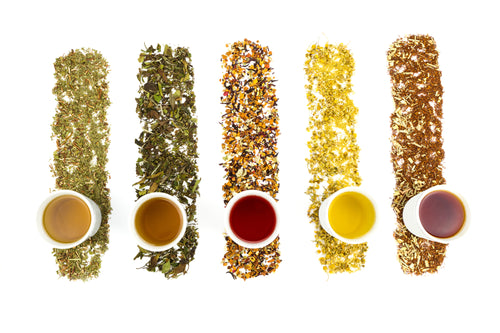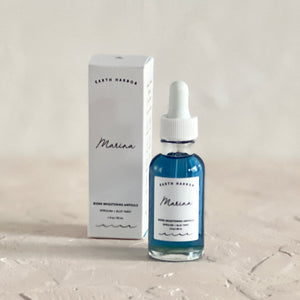Chaparral leaf is a medicinal herb that many people are unfamiliar with. If you've ever lived in or visited the desert areas of the southwestern U.S., you might be familiar with it by another name: creosote bush.
Creosote or chaparral herb was frequently used by Native Americans in the southwestern desert regions. They used it as something approaching a "cure-all" for illness, pain, snake bites, and more.
More recently, there have been concerns about whether chaparral is toxic to the liver, and its use has dropped dramatically. However, it still has many benefits and can be used without being taken internally.
Here's more about chaparral herb, its potential benefits, and precautions.
What Is Chaparral Herb?
As mentioned, chaparral leaf comes from the creosote bush (Larrea tridentata), an evergreen shrub native to desert regions of the southwest U.S. and northern Mexico.
The shrubs can grow anywhere from 2-9 feet tall. They have waxy green leaves that are coated with a resin to keep predators from eating them and to prevent water loss. Plants bloom with bright yellow flowers that turn into fluffy, white seed heads.
The creosote bush is thought to produce a substance from its roots that discourages other plants from growing too close. This protects its water supply and decreases competition for nutrients.
Plants are extremely hardy and can survive drought conditions. They will grow in depleted soil where other plants won't and don't burn easily in cases of fire.
The leaves themselves give off a very strong odor, especially after rain. While some enjoy this smell, the Spanish name for the plant, hediondilla, basically refers to it as "stinker." Chaparral leaves are also very bitter, which makes them rarely eaten by animals.
The bitter compounds in chaparral have certain health benefits, but one compound called nordihydroguaiaretic acid (NDGA) has been the most studied. It's a very powerful antioxidant that has shown potential for shrinking tumors. (1)
Benefits of Chaparral Herb
Antimicrobial and Antifungal
One of the ways Native Americans used chaparral leaf was for wounds and snakebites. The leaf possesses strong antimicrobial properties, specifically antifungal activity. (2)
It was likely used as a compress or poultice for the skin, but today is most frequently used to make a salve for cuts or skin infections. Chaparral is very strong on its own but can also be combined with other antifungal herbs like goldenseal or lemongrass.
If you're not into making your own salves, try this Awesome Antifungal salve made with chaparral leaf.
May Help Skin Issues
Besides fungus-related skin issues, chaparral herb has also been used frequently for conditions like acne and eczema. This is likely due to its antibacterial properties and antioxidant benefits for skin.
Chaparral can be made into a tea to be used as a wash for skin issues. It can also be used as part of a toner, salve, infused oil, or other skincare preparation.
Helps Relieve Pain
Chaparral leaf has anti-inflammatory properties and was frequently used to relieve rheumatism and arthritis pain. (2)(3)
At one time, it was actually the branches that were used to make a massage oil for painful muscles and joints. They were cooked in oil and later strained out. (4) You can make a massage oil more easily by infusing the dried leaves into oil for about 4 weeks.
Also, check out these other herbs for pain relief and inflammation.
Scalp Health
Our scalps are often an overlooked part of our skin but can cause a lot of problems like itchiness or dandruff. Chaparral leaf can be infused in water to make a hair rinse that may help with dandruff and other scalp problems.
You can also use that same chaparral infusion as a mouthwash to help keep cavities away.
Anticancer Potential
One of the biggest reasons researchers and scientists have been interested in chaparral herb is because of its anticancer potential. As mentioned, one of the main active compounds in chaparral leaf has shown an ability to shrink tumors.
Nordihydroguaiaretic acid (NDGA) from chaparral has been shown in test tube and animal studies to have antioxidant and anticancer effects and to lower activity of tumor-promoting agents. (1)(5)(6)
However, no human studies have been done yet, in part because of concerns over liver toxicity.
Detoxifies
Like other bitter herbs, chaparral promotes detoxification and healthy digestion. It has been used for constipation and as a lymphatic cleanser. It's also considered to be an antiparisitic herb. (4)
If you don't want to use chaparral herb internally, it can be used in the bath to promote skin cleansing and overall detoxification. Simply make a strong infusion with the herb and add it to a warm bath.
Precautions
The main precaution concerning chaparral herb is reports in the past that it can cause liver injury, which led in certain cases to acute liver failure.
The reports that attributed hepatotoxicity (liver injury) to chaparral came mainly in the 1990's. The Food and Drug Administration (FDA) released a warning against using chaparral but the sale of the herb was reinstated in 1995.
Cases of liver injury have been rare and investigation has not turned up any clear answers. Some researchers point out that chaparral has been used for hundreds of years with no toxicity reported and that several of the cases involved prior drug and alcohol abuse, which would make them more vulnerable to liver damage.
It's also not clear whether chaparral itself was responsible, a contaminant introduced into the herb, or higher than normal doses. Despite the fact that chaparral continues to be sold and used, there have been no reported cases of liver injury since 2005. (7)(8)
What Does This Mean for You?
Ultimately, the decision about how to use an herb is up to you. However, it's recommended that internal use of chaparral should be done only under the recommendation/supervision of a professional practitioner/herbalist.
Chaparral should not be taken if you are pregnant or nursing and is not recommended for children. Do not use if you have a history of liver or kidney problems, and do not take excessive amounts.
There have been no reports of toxicity or side effects with the topical use of chaparral leaf. On rare occasions it may cause an allergic reaction, so always do a patch test first when trying a new herb on your skin.
Using Chaparral Herb
Chaparral remains an herb that has been frequently used for hundreds, if not thousands, of years. Given the precautions and possible side effects, it's probably safest when used externally.
You can make an infusion by steeping the leaves in hot water for at least 15-20 minutes. This infusion can be used as a skin wash, bath tea, hair rinse, or mouth wash.
You can also make an oil infusion by steeping the dried leaves in an oil like olive, almond, or grapeseed. This oil can then be used to make a lotion, cream, or salve.
Your skin will appreciate the anti-inflammatory and antifungal benefits of chaparral, and you can discover for yourself why this herb and plant has long been valued by native people groups!






